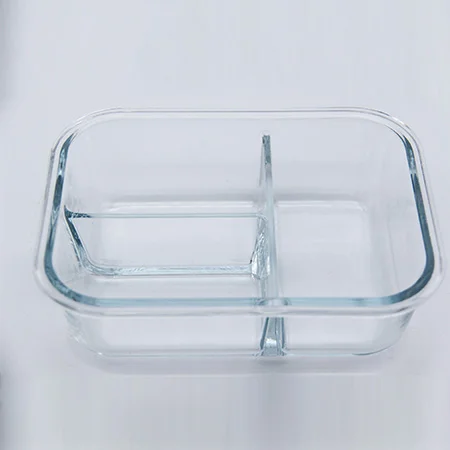The Cost-Effectiveness Showdown: Brother vs. HP Ink Cartridges
When it comes to printing, one of the most significant factors influencing the overall cost is the price of ink cartridges. For consumers and businesses alike, understanding which brand offers cheaper ink can lead to substantial savings over time. In this article, we will delve into a detailed comparison of Brother and HP ink cartridges, examining not only the price but also the yield, quality, and long-term value of each brand.
Understanding Ink Cartridge Pricing
Before we dive into the specifics of Brother and HP, it's essential to understand how ink pricing works. Ink cartridges are typically priced based on their yield, which is the number of pages they can print before needing replacement. Additionally, the cost per page (CPP) is a crucial metric that helps consumers determine the true value of an ink cartridge.
Brother Ink Cartridges: A Cost-Effective Choice
Brother has built a reputation for producing reliable printers and cost-effective ink solutions. Their cartridges often come with a higher initial price but are designed to yield a larger number of pages. For instance, Brother's high-yield cartridges can print up to 3,000 pages, significantly reducing the CPP.
- Cost per Page Analysis:
- Brother's standard black ink cartridge typically costs around $30 and yields approximately 1,200 pages, resulting in a CPP of about $0.025 per page.
- In contrast, their high-yield black cartridge, priced at approximately $50, can yield up to 3,000 pages, lowering the CPP to around $0.0167.
- Quality and Performance:
- Brother ink is known for its vibrant colors and sharp text, making it suitable for both professional documents and high-quality photo prints. Users often report fewer instances of clogging and consistent performance over time.
HP Ink Cartridges: Premium Quality with a Price Tag
HP is another major player in the ink cartridge market, known for its innovative technology and high-quality prints. However, HP cartridges tend to be more expensive upfront and may have a lower yield compared to Brother.
- Cost per Page Analysis:
- A standard HP black ink cartridge can cost around $25 but typically yields only about 1,000 pages, resulting in a CPP of $0.025.
- HP's high-yield cartridges, while priced at approximately $45, yield around 2,000 pages, bringing the CPP down to about $0.0225.
- Quality and Performance:
- HP ink is often praised for its exceptional color accuracy and longevity. However, users may experience more frequent cartridge replacements, leading to higher overall costs in the long run.
Long-Term Value: Beyond Initial Costs
While the initial price of ink cartridges is crucial, it’s essential to consider the long-term value. Brother’s high-yield cartridges may have a higher upfront cost but can lead to significant savings over time due to their lower CPP. Conversely, while HP cartridges may offer superior print quality, the frequency of replacement can offset these benefits.
Environmental Considerations
In addition to cost, consumers are increasingly concerned about the environmental impact of their printing choices. Both Brother and HP offer recycling programs for their cartridges, allowing users to return used cartridges for proper disposal. However, Brother’s cartridges are often seen as more environmentally friendly due to their longer lifespan and reduced waste.
Conclusion: Which Ink is Cheaper?
In summary, when comparing Brother and HP ink cartridges, Brother generally emerges as the more cost-effective option, particularly for users who print in high volumes. With lower CPP and high-yield options, Brother cartridges can lead to significant savings over time. However, HP’s reputation for quality and color accuracy may appeal to users who prioritize print quality over cost.

Average Rating